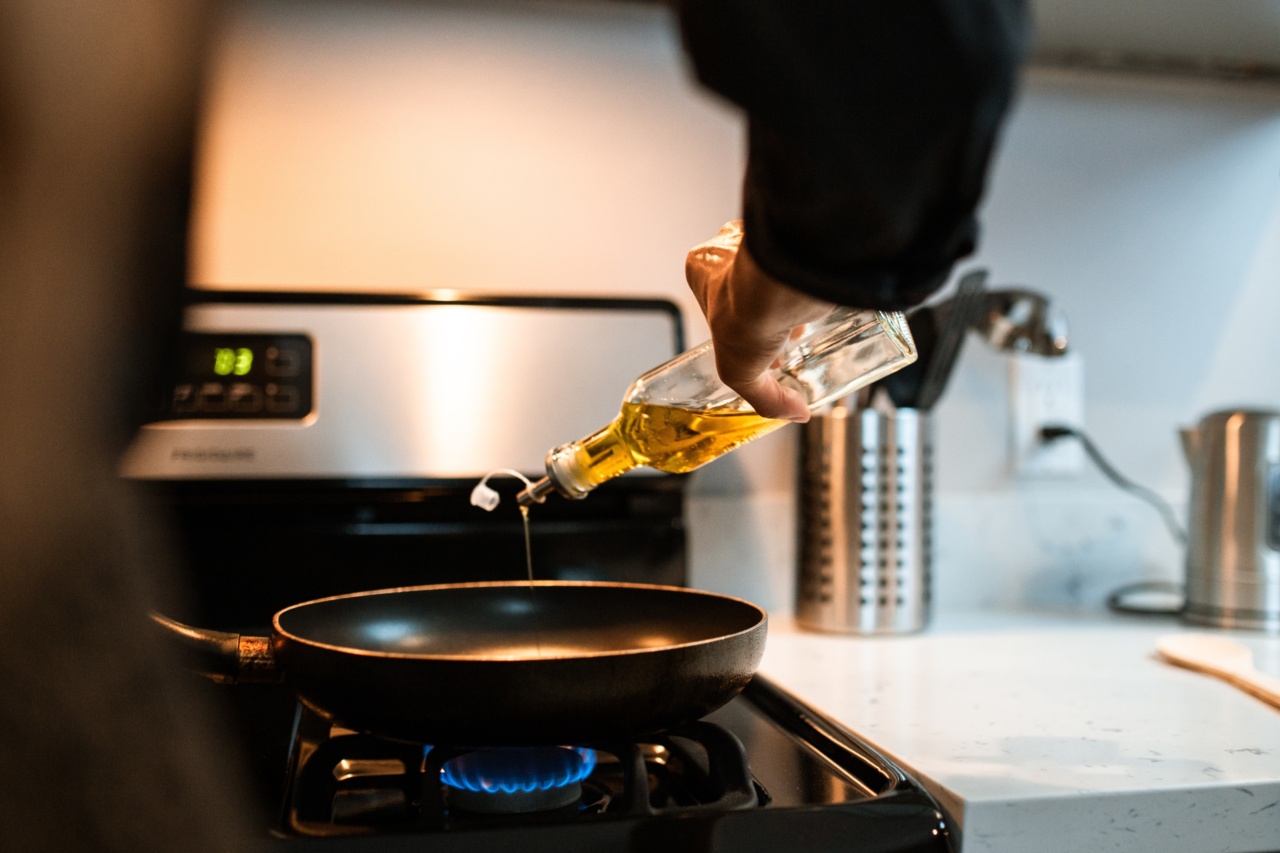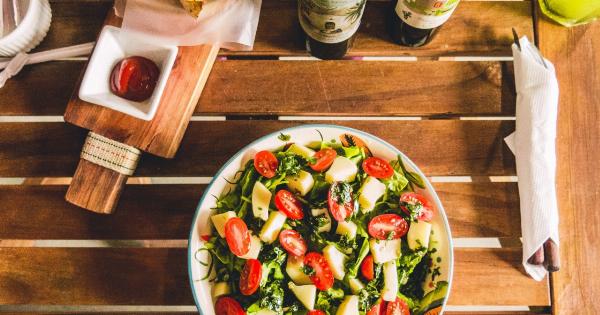Olive oil is a versatile cooking ingredient that is commonly used in kitchens around the world. It has numerous health benefits and is a staple in many diets.
It can be used in everything from salad dressings and marinades to sautéing vegetables and frying foods. However, despite its popularity and health benefits, many people may be using olive oil incorrectly. Here are 10 ways you may be using olive oil incorrectly:.
1. Storing Olive Oil in a Clear Glass Bottle
Light, heat, and oxygen can all cause olive oil to spoil quickly. Storing olive oil in a clear glass bottle can expose it to light, which can cause it to break down and become rancid over time.
To store olive oil properly, it should be stored in a dark glass bottle or a stainless steel container. This will help to protect it from light and extend its shelf life.
2. Cooking with Extra Virgin Olive Oil at High Temperatures
Extra virgin olive oil has a low smoke point, which means that it can start to smoke and burn when it is heated to high temperatures.
When olive oil is heated beyond its smoke point, it can release toxic fumes and form harmful compounds that can be harmful to your health. It is best to use extra virgin olive oil for cold dishes or low-heat cooking, such as sautéing on medium to low heat.
3. Using Rancid Olive Oil
Olive oil can turn rancid over time, especially when it is exposed to heat, light, or oxygen. Rancid olive oil can cause digestive issues, stomach pain, and diarrhea. It can also lead to a reduction in the oil’s health benefits.
To avoid using rancid oil, it is important to store it in a cool, dark place, away from heat and light sources. It is also important to use it within its expiration date.
4. Overdressing Salads
Olive oil is a popular ingredient in salad dressings, but it is important not to overdress salads with it. When too much oil is used, it can mask the flavors of the other ingredients and make the salad taste greasy.
It can also lead to extra calories and fat, which can be unhealthy. A good rule of thumb is to use 1 tablespoon of olive oil for every 3 cups of greens.
5. Not Using Enough Olive Oil in Cooking
While it is important not to use too much olive oil in cooking, it is also important not to use too little. Olive oil adds flavor and moisture to dishes and can help to enhance the flavor of foods.
A good rule of thumb is to use about 1 to 2 tablespoons of olive oil for every 4 servings of food.
6. Choosing the Wrong Type of Olive Oil
There are several types of olive oil available, including extra virgin, virgin, light, and refined. Each type has a different flavor profile and smoke point, which can affect how it should be used in cooking.
Extra virgin olive oil is best used for cold dishes or low-heat cooking, while refined olive oil is better suited for high-heat cooking. Choosing the right type of oil can help to enhance the flavor of your dish and prevent it from burning.
7. Using Olive Oil to Fry Foods
While olive oil is a healthy type of oil, it is not the best option for frying foods. When olive oil is heated to high temperatures, it can start to smoke and burn, which can release toxic fumes and create harmful compounds.
This can be harmful to your health and can also affect the flavor of your food. It is best to use a high smoke point oil such as canola oil or soybean oil for frying foods.
8. Not Seasoning Olive Oil
Olive oil can be used as a base for many types of seasonings, including herbs, garlic, chili flakes, and lemon zest. Adding seasoning to olive oil can help to enhance its flavor and create a unique taste that is tailored to your specific dish.
It is important to experiment with seasoning to find the right combination that works best for you.
9. Not Checking the Quality of Olive Oil
Not all olive oils are created equal. Some brands may use lower quality oil or mix their oil with other types of oil to reduce costs. It is important to check the quality of the oil before purchasing it to ensure that you are getting a quality product.
Look for extra virgin olive oil that is cold-pressed and has a fruity flavor and a somewhat bitter taste.
10. Using Olive Oil as a Margarine or Butter Replacement
Olive oil can be used as a healthier alternative to margarine or butter, but it is important to be aware that it may not work in every recipe.
Olive oil has a different consistency than margarine or butter, which can affect the texture and flavor of the dish. It is important to experiment with different types of recipes to find the right balance of flavors and textures.




























